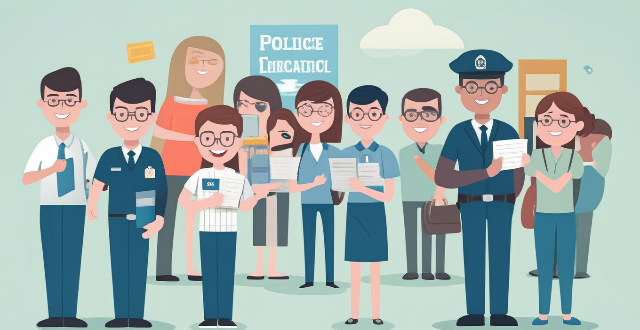Immigration policies have a significant impact on the education system, affecting student diversity, resource allocation, and quality of education. Increased student diversity can be beneficial but also presents challenges for educators. Changes in resource allocation may strain budgets and impact access to educational resources for immigrant families. Challenges related to the quality of education include meeting the needs of students with varying levels of academic preparedness and addressing discrimination or bias in the education system. It is important for educators and policymakers to consider these factors when developing policies and practices related to immigration and education.

Impact of Immigration Policies on the Education System
Immigration policies have a significant impact on the education system. These policies affect the number and diversity of students, the allocation of resources, and the quality of education provided. In this article, we will discuss the various ways in which immigration policies influence the education system.
Increased Student Diversity
One of the most obvious effects of immigration policies is an increase in student diversity. As more people immigrate to a country, the number of students from different cultural backgrounds increases. This can lead to a more diverse classroom environment, which can be beneficial for all students. It allows them to learn about different cultures and perspectives, and it can help to promote tolerance and understanding.
However, this increased diversity can also present challenges for educators. They may need to adapt their teaching methods to accommodate students with different learning styles or language barriers. Additionally, they may need to provide additional support services, such as English as a Second Language (ESL) classes or cultural sensitivity training.
Allocation of Resources
Another way that immigration policies impact the education system is through the allocation of resources. As the number of students increases, schools may need to hire more teachers or build additional classrooms to accommodate the growing population. This can put a strain on budgets, particularly in areas where funding is already limited.
Furthermore, immigrants often face economic challenges upon arrival in a new country. This can lead to higher rates of poverty among immigrant families, which can impact their children's access to educational resources. Schools may need to provide additional support services, such as free or reduced-price lunch programs, to ensure that these students are able to succeed academically.
Quality of Education
Finally, immigration policies can also impact the quality of education provided. In some cases, immigrants may arrive with lower levels of education than native-born citizens. This can create challenges for educators who are tasked with meeting the needs of students at different levels of academic preparedness.
Additionally, some immigrants may face discrimination or other forms of bias in the education system. This can lead to feelings of isolation and marginalization, which can negatively impact their academic performance and overall well-being.
In conclusion, immigration policies have a significant impact on the education system. They can lead to increased student diversity, changes in resource allocation, and challenges related to the quality of education provided. It is important for educators and policymakers to consider these factors when developing policies and practices related to immigration and education.